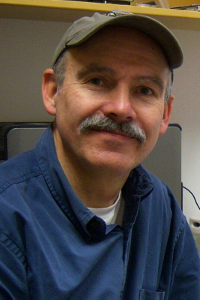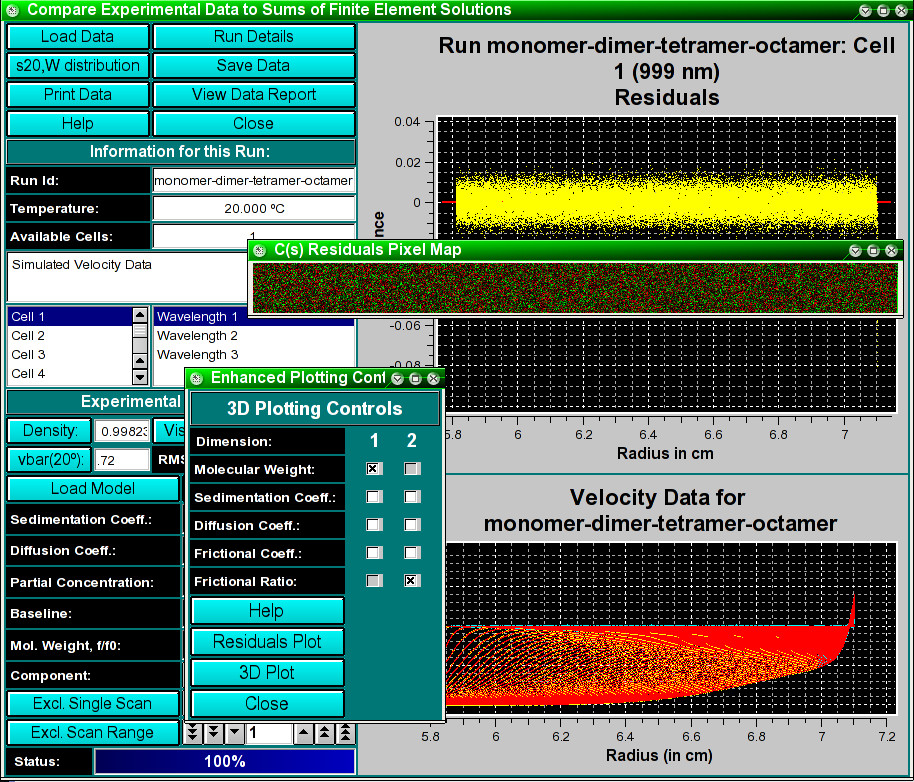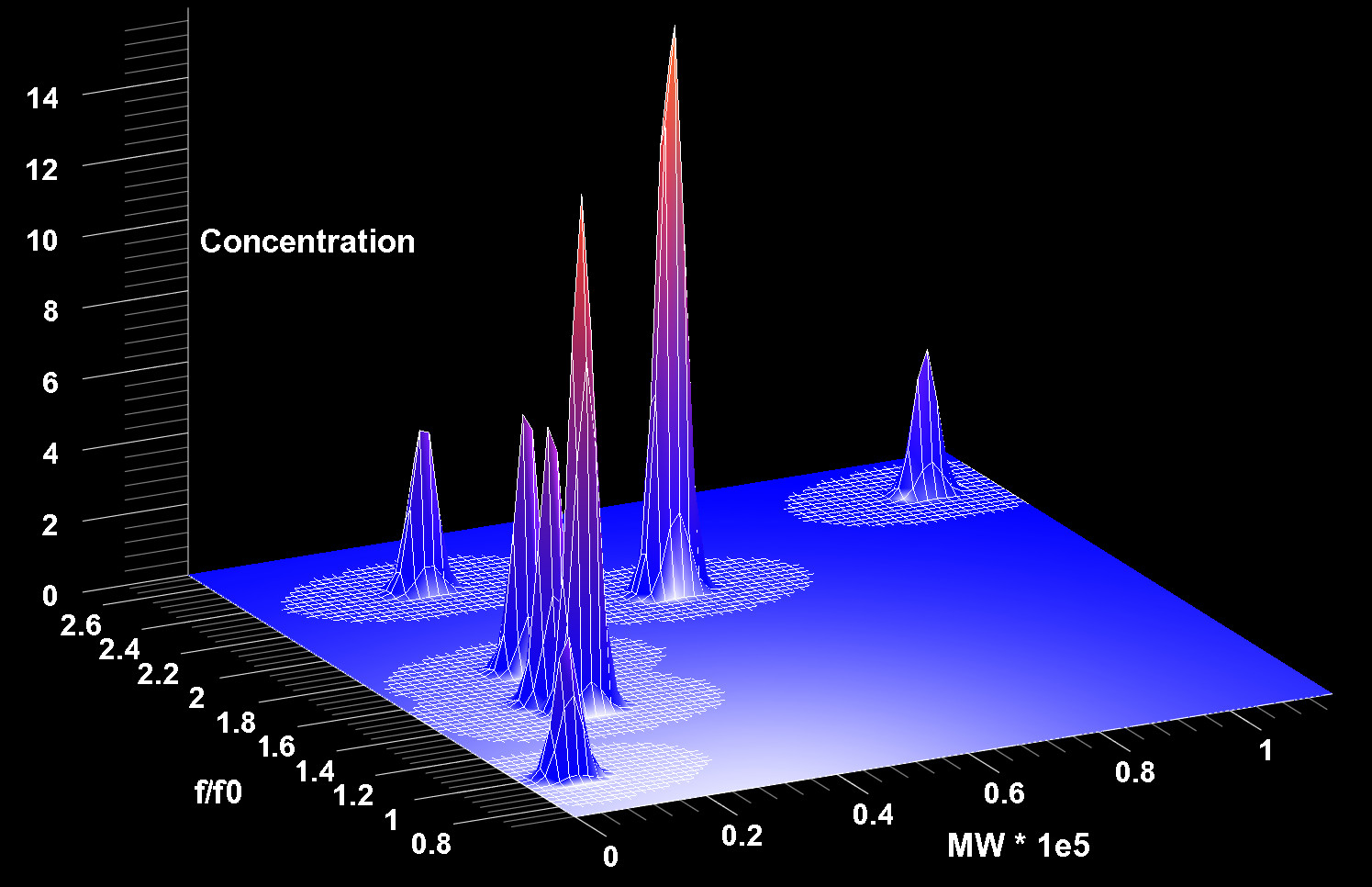 |
| Borries Demeler |
Borries Demeler, Professor
| Institution: | University of Lethbridge |
|---|---|
| Department: | Chemistry and Biochemistry |
| Room: | WE1044 |
| Phone: | +1 (406) 285-1935 |
| Email: | demeler@gmail.com |
| Web Page(s): | http://demeler.uleth.ca |
| Education: | B.S., Chemistry and Mathematics, University of Montana, 1988 Ph.D. Biochemistry and Biophysics, Oregon State University, 1992 |
| Post Doctoral: | The University of Texas Health Science Center at San Antonio |
| Other Faculty Positions: | Adjunct Professor: University of Montana, Missoula, Montana, Dept. of Chemistry Adjunct Professor: The University of Texas Health Science Center at San Antonio, San Antonio, Texas, Dept. of Biochemistry and Structural Biology |
| Awards and Academic Honors: | 2018 - Fulbright Specialist Scholar, Aalto University, Espoo, Finland 2018 - Erskine Fellow, University of Canterbury, Christchurch, New Zealand 2017 - Canada 150 Research Chair for Biophysics 1994 - American Indian Science and Engineering Society: Distinguished Service Award |
| Personal Statement: | To develop the most advanced high-resolution analysis software for analytical ultracentrifugation experiments. |
Research Interest:
Our main project involves the development of the UltraScan data analysis software package (http://www.ultrascan.aucsolutions.com). This software is used for modeling of hydrodynamic and thermodynamic properties of biological and synthetic macromolecules, and interactions and thermodynamic characteristics of macromolecular assemblies. Areas of research involve advanced numerical analysis, optimization, high-performance network computing and cluster computing. Currently we are working on the development of software for the interpretation of multiwavelength sedimentation velocity experiments, and on spectral decomposition of analytical ultracentrifugation experiments. We are also investigating rigid body modeling approaches for predicting hydrodynamic properties of macromolecules and for the interpretation of small angle X-ray scattering data.* Multi-wavelength analytical ultracentrifugation of heterogeneous systems
* Protein-nucleic acid interactions
* Drug loading of lipid nanoparticles and viral vectors
* AUC of membrane proteins embedded in nanodisks
* GMP compliant AUC software
* compressible solvents
* AUC standards
 |
 |
| A finite element modeling utility in UltraScan used for analyzing size and shape distributions obtained from AUC data. | A 2-dimensional spectrum analysis of a sedimentation velocity experiment from a mixture of proteins heterogeneous in size and shape. |
Selected publications:
- Spectral and Hydrodynamic Analysis of West Nile Virus RNA-Protein Interactions by Multiwavelength Sedimentation Velocity in the Analytical Ultracentrifuge.
Zhang J, Pearson JZ, Gorbet GE, Cölfen H, Germann MW, Brinton MA, Demeler B
Anal Chem: 2017-01-03; 89(1); 862-870 Epub: 2016-12-15.
PMID: 27977168 LINK: - Simultaneous Identification of Spectral Properties and Sizes of Multiple Particles in Solution with Subnanometer Resolution.
Karabudak E, Brookes E, Lesnyak V, Gaponik N, Eychmüller A, Walter J, Segets D, Peukert W, Wohlleben W, Demeler B, Cölfen H
Angew Chem Int Ed Engl: 2016-09-19; 55(39); 11770-4 Epub: 2016-07-27.
PMID: 27461742 LINK: - A two-dimensional spectrum analysis for sedimentation velocity experiments of mixtures with heterogeneity in molecular weight and shape.
Brookes E, Cao W, Demeler B
Eur Biophys J: 2010-02-01; 39(3); 405-14 Epub: 2009-02-27.
PMID: 19247646 LINK: - Next-Generation AUC: Analysis of Multiwavelength Analytical Ultracentrifugation Data.
Gorbet GE, Pearson JZ, Demeler AK, Cölfen H, Demeler B
Methods Enzymol: 0000-00-00; 562(); 27-47 Epub: 2015-08-21.
PMID: 26412646 LINK:
Lab Associations:
Amy Henrickson, Senior Research Associate
